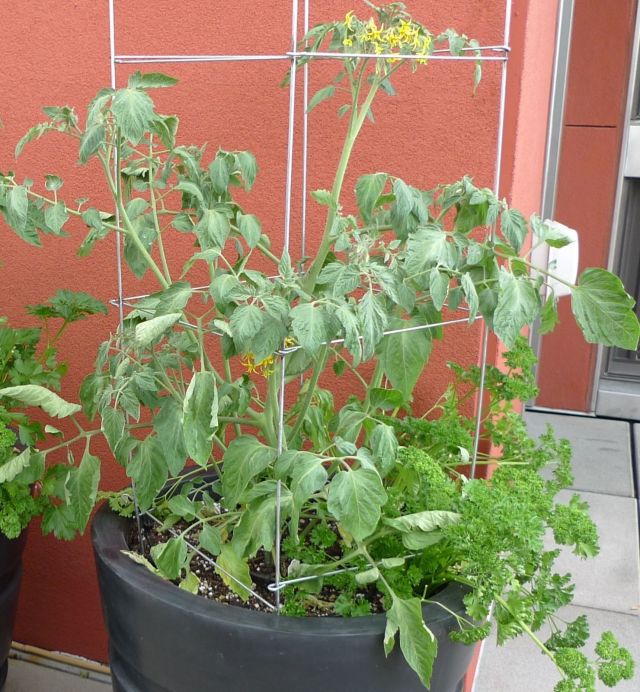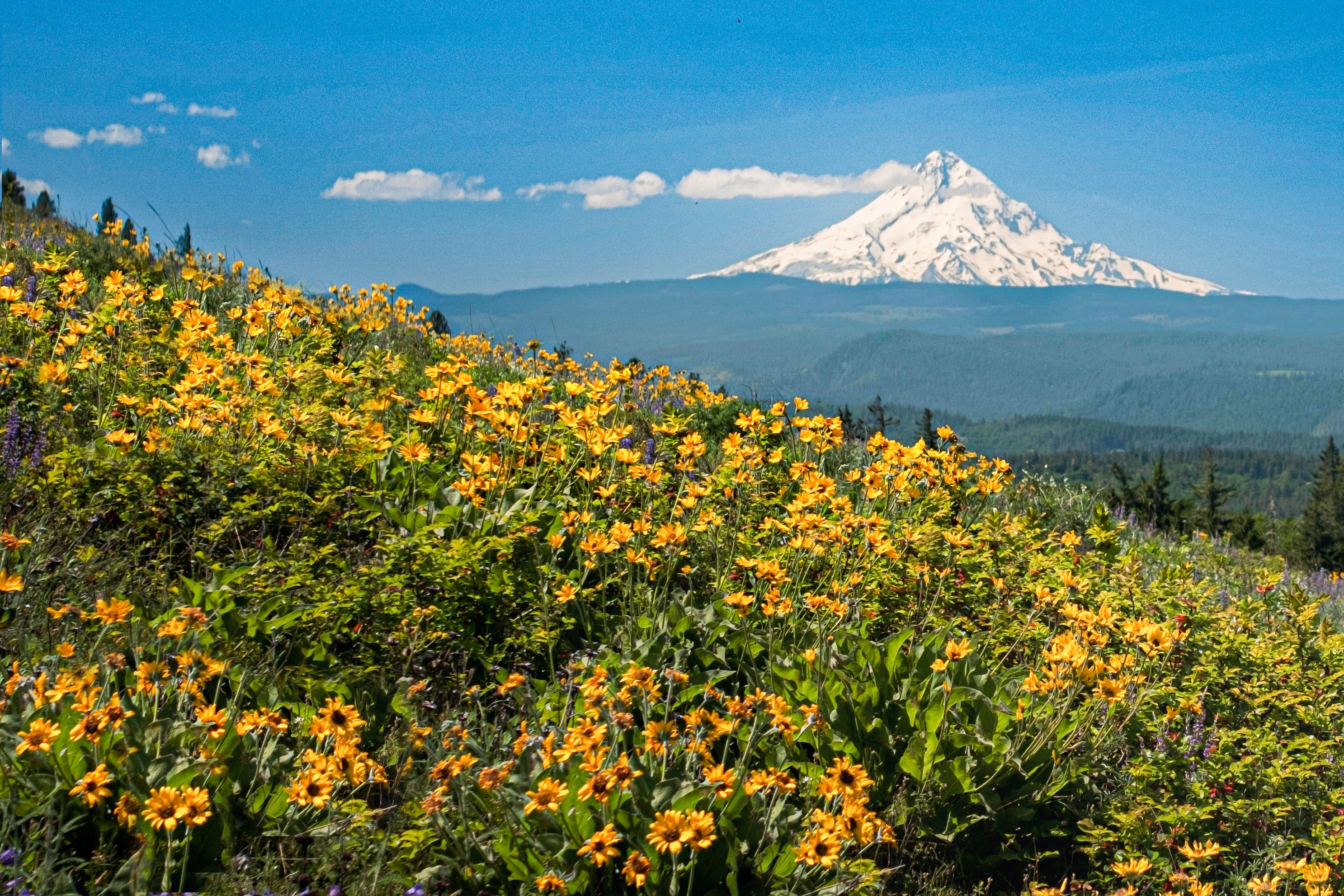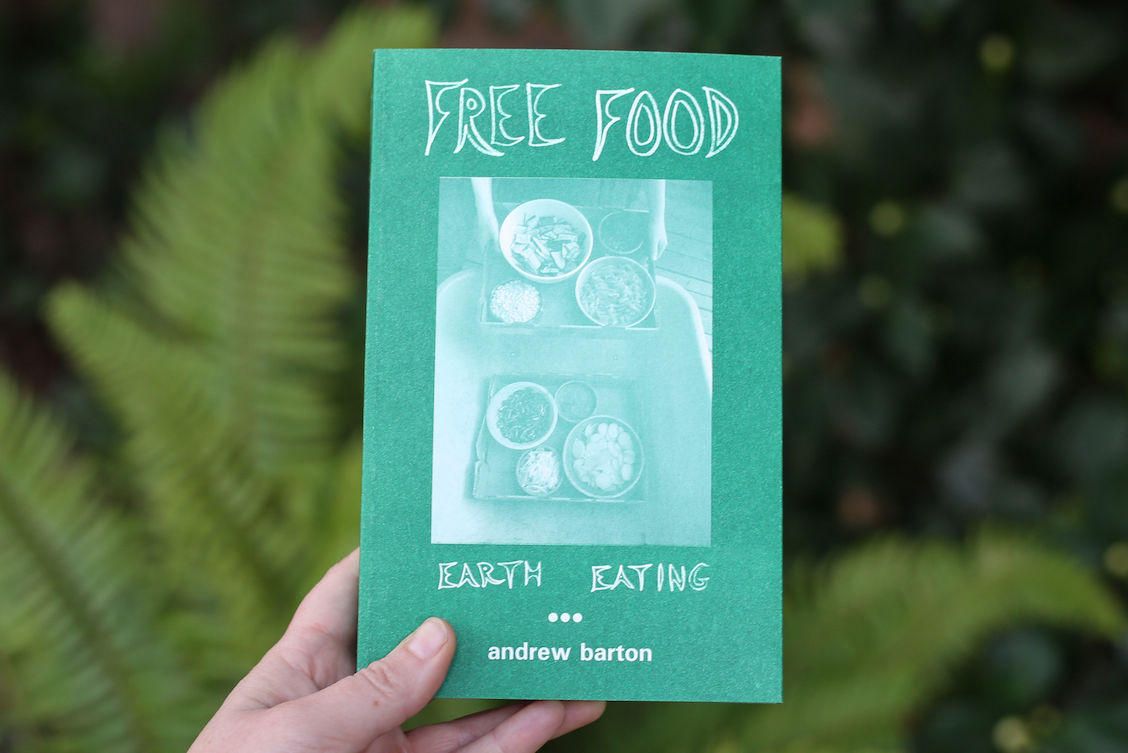A Dash of Basalt in Your Soil, Ma'm?

Image: Kate Bryant
Traditional commercial farming can deplete soil of minerals and trace elements as well as microorganisms, nutrients and tilth. These characteristics are part of what comprise terroir – that elusive quality that encompasses the mineral components of the soil as well as the site's geography, climate and other distinctive qualities.
The average potting soil truly could be said to completely lacking terroir – as it lacks actual soil altogether, as well as trace elements and minerals. Composed largely of sterile blends of peat or coir, ground bark and, sometimes, chemical fertilizers, most commercial potting mixes are basically just a medium for plant roots pumped up with a boost of readily-accessed nitrogen for fast growth. Unless you are an avid composter and soil-amender, even your average city lot's garden soil can lack the elements that add depth of flavor as well as nutrients to food crops.
For those who mourn the pallid flavor of tomatoes grown in commercial potting mixes and depleted urban garden soil, there may be an answer: adding micronutrients and minerals.
These micronutrients are naturally found in most topsoils, but continuous irrigation and tilling, as well as harvesting without replenishment of the soil have resulted in the worldwide problem of soil depletion. It can happen on a smaller scale in an urban backyard, too. It's probably worst in commercial "soilless" potting mixes, however: based on peat or coir instead of mineral-based soil, potting mixes are designed to be sterile and lightweight to transport, not rich enough to produce nutrient-dense food.
A high-quality, organic potting soil such as MJR Blend out of Castle Rock, WA (sold at Naomi's Organic Farm Supply) is a good basis for growing veggies in containers. Liquid fish and kelp are also good source of many micronutrients and minerals. But finely ground rock is a longer-lasting source. While it can take four to eight weeks to kick in, it can release minerals for years in the soil.
There are a number of mineral-based products on the market that have been used to improve the flavor and nutritional profile of soil and the plants grown on it, including Excelerite, Azomite and Gaia Green glacial rock dust. Naomi's Farm Supply Store also has a custom Naomi's Mineral Mix product. Truly scientific comparisons between the various products are in short supply but all provide a variety of mineral components that are important for healthy plant growth. All appear to be beneficial but Cascade Minerals is produced in Central Oregon (Madras) from Oregon basalt. And local is always the best first choice. It doesn't hurt that Cascade minerals has a knowledgeable in-house agronomist and a strong PR campaign. (I am trying out a sample of Cascade Minerals this year - but am already a fan of mineral soil supplements. I have been using minerals in my soil for three years, with what I believe to be good results.)
Composed of finely ground volcanic basalt, Cascade Minerals is sold as a remineralizing "soil booster". It mostly contains calcium, magnesium, sodium and iron, as well as silicon dioxide and aluminum. In containers, it should be used in conjunction with an organic, balanced fertilizer, providing a well-rounded source of minerals and trace elements in addition to the fertilizer's nutrients. According to Rich Affelt, the company's agronomist, it is beneficial both in containers and garden soils. "In our trials, it has resulted in better leaf color, earlier flowering and better fruit set and fruit in tomatoes," he says.
Why use it? According to Affelt, Cascade Minerals provides a "natural, balanced source of secondary micronutrients that are important for edible crops. It's great for gently sweetening our naturally acidic soils - especially important for most vegetable crops. And finally, the particle size helps loosen heavy clay soils."
How much to use? Affelt recommends mixing one to two cups per gallon of potting soil when mixing up a seed or starting mix. When planting a shrub or tomato plant, he recommends half a cup to two cups per planting area. To garden soil, it's ideal to incorporate it prior to planting but you can also just top-dress with it and scratch it in, and it will gradually break down into the soil. Because it is a slow release product, you'll generally see results in four to eight weeks. The timing of the application isn't particularly important, as it breaks down gradually over time.
Try Cascade Minerals or one of the other mineral-based products in your containers or garden this year and see whether your tomatoes taste better. Feeling scientific? Experiment by planting two identical tomatoes, using the product on one plant and not the other. Gardening, after all, is an alchemical blend of art, craft and science. Sometimes the best information is gained by trying things out for yourself.
Buy it: Visit Cascade Minerals for a list of retailers in Portland and beyond.
For more information about Cascade Minerals, visit the website.




